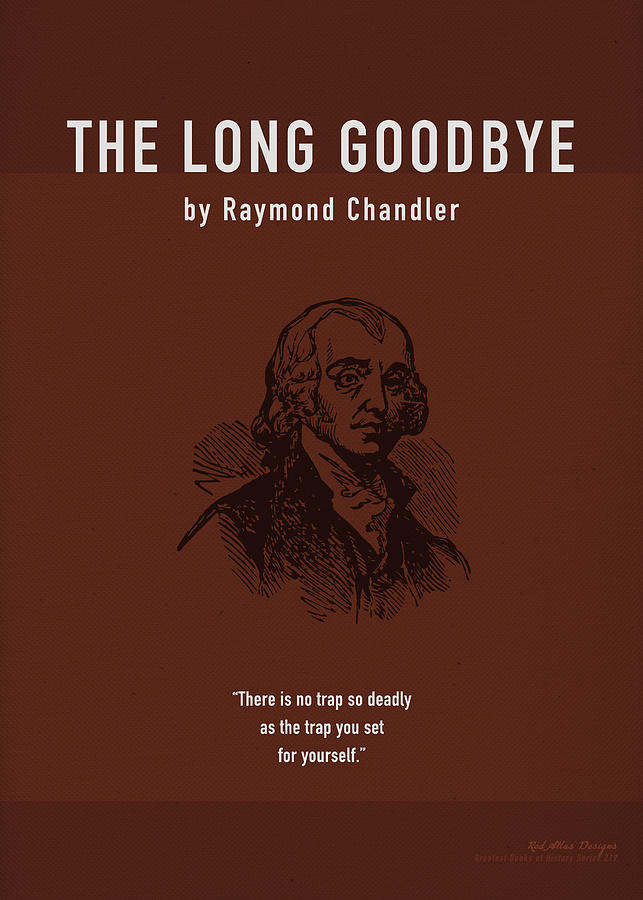


The latter is a prominent aspect in Marías’s fiction its significance is examined through the use of foreign terms and their translations (or lack thereof), as well as the narrators’ reflections upon them. It briefly discusses the effects of intralingual and intersemiotic translation on the narrators before moving on to analysing in detail the impact of interlingual translations. translation) in four novels that correspond to Marías’s mature novelistic period (Todas las almas (1989), Corazón tan blanco (1992), Mañana en la batalla piensa en mí (1994) and Tu rostro mañana (2002–2007)).

This article discusses the role of these constant reflections and examines the narrators’ engagement with different forms of translation by using Roman Jakobson’s categorisation (intralingual, interlingual and intersemiotic. Javier Marías’s novels are renowned for revolving around his digressive narrators, who, amongst other subjects, persistently reflect upon language and translation.


 0 kommentar(er)
0 kommentar(er)
